India's textile industry is a vibrant tapestry of tradition and innovation, interwoven with both natural and synthetic fibers. While historical looms have spun tales of fine silks and cottons, it is the modern synthetic textile sector that currently leads the charge in the global market. This sector not only caters to the bustling local demand but also meets the needs of an ever-growing international clientele.
Driven by the sheer scale of production and the adoption of new-age technologies, India's synthetic textile industry is home to some formidable giants. These companies are instrumental in ensuring India remains a key hub for textile manufacturing, with their products ranging from everyday garments to advanced technical fabrics used in various industries. As the demand for sustainable and eco-friendly textiles rises, these manufacturers continue to innovate, finding newer ways to meet environmental standards without compromising on quality or variety.
- Introduction to India's Textile Industry
- Key Players in Synthetic Textile Market
- Technological Advancements in Manufacturing
- Impact on Indian Economy and Sustainability
Introduction to India's Textile Industry
India's textile industry is one of the oldest and most significant industries in the country's economy. The industry traces its history back several centuries, with India's traditional textiles being highly sought after around the world long before the advent of modern synthetic textiles. Today, India is the second-largest textile producer globally, and textiles play a crucial role in the country's industrial production, employment generation, and export earnings. With a workforce exceeding 45 million people directly and another 60 million employed in allied industries, this sector serves as a backbone for India's economy.
The industry is diverse, spanning the production of fibers, yarns, and fabrics to apparel, with an impressive array of products catering to both domestic and international markets. Among its offerings are the renowned traditional cottons and silks, as well as modern synthetic textiles that meet global fashion and technical standards. In recent decades, the industry has experienced substantial growth, primarily due to advances in technology and a shift towards more sustainable production methods. The adoption of digital textile printing and the use of eco-friendly materials are some of the latest trends reshaping how the industry operates.
"India is not just a place. It's a feeling, an idea that evolves with every thread spun and every fabric woven," says Ritu Kumar, one of the country's leading designers, emphasizing the cultural depth and innovation within the Indian textile narrative.
Government initiatives, such as the Make in India campaign, have further bolstered this growth by encouraging both foreign and domestic investments in textile manufacturing facilities. This shift has facilitated the modernization of textile mills and the implementation of cutting-edge technologies, ensuring India remains competitive in the global textile market. The government's focus on skill development and employment generation has also contributed to the burgeoning efficiency and productivity of the textile workforce.
The constant evolution of consumer preferences plays a crucial role in shaping the sector's future. Rapid urbanization and a growing middle class have led to an increased demand for both affordable and luxury textiles. To cater to these diverse demands, Indian manufacturers invest heavily in research and development, exploring new materials and fashion trends. The rise of technological advancements in manufacturing and sustainable practices indicates a promising trajectory for India's textile industry, poised to remain a world leader in both traditional and modern textile products.

Key Players in Synthetic Textile Market
The synthetic textile industry in India is as dynamic as it is vast, with several key manufacturers making waves not only domestically, but internationally. Chief among these synthetic textiles giants is Reliance Industries Limited. A titan in the industry, Reliance has dedicated considerable resources towards expanding its polyester and other synthetic fiber capabilities, establishing itself as a cornerstone of India's textile industry. Through relentless innovation and adaptation, Reliance continues to set benchmarks in terms of both quality and scale, ensuring its dominance across various textile sectors.
Another prominent name is Grasim Industries, part of the Aditya Birla Group, which stands out with its strong commitment to sustainability in textile manufacturing. Grasim has invested heavily in sustainable practices and technological advancements to ensure a lower environmental impact. The seamless blend of their strategic vision with eco-friendly fabrics has put them on the radar of many global brands seeking responsible manufacturers. Their comprehensive growth strategy promises continued influence and adaptation to the ever-changing market dynamics.
Indo-Rama Synthetics, on the other hand, is an exemplar of innovation and resilience. Known for its extensive production of polyester staple fibers, the company has played a crucial role in supplying both domestic markets and contributing to the global textile trade. Their focus remains on the development of advanced materials—a testament to their role as an industry leader. "Our commitment is not just to lead, but to keep pushing boundaries in every thread we produce," remarks the CEO of Indo-Rama Synthetics in an industry conference, highlighting the core ethos driving their production lines.
Meanwhile, the Alok Industries continues to bolster India's status in the global textile landscape. Famed for an integrated manufacturing approach, Alok Industries covers a wide spectrum from yarns to finished garments. Their extensive portfolio and the adoption of technology-driven solutions keep them ahead as they deftly navigate market expansions. This diversified approach allows them not only to serve varied market segments but also to buffer against the volatility of global demands.
A focus on technological upgrades is evident, with manufacturers investing in groundbreaking technologies to enhance productivity. This includes the deployment of AI-driven machinery and IoT to streamline operations and improve textile quality. Many of these players are also setting up dedicated research and development facilities to explore fiber diversification, pushing their own boundaries.
Table 1 below provides a snapshot of the major players and their production capacities:
| Company | Production Capacity (in million tons) |
|---|---|
| Reliance Industries Limited | 2.5 |
| Grasim Industries | 1.8 |
| Indo-Rama Synthetics | 1.2 |
| Alok Industries | 1.0 |
The largest producer in India's synthetic textile sphere is indeed a title fiercely contested, but what remains consistent is the collective drive towards excellence and innovation. Each titan, with its unique strategy and vision, not only fuels their growth but also contributes significantly to keeping India at the forefront of the global textile stage.
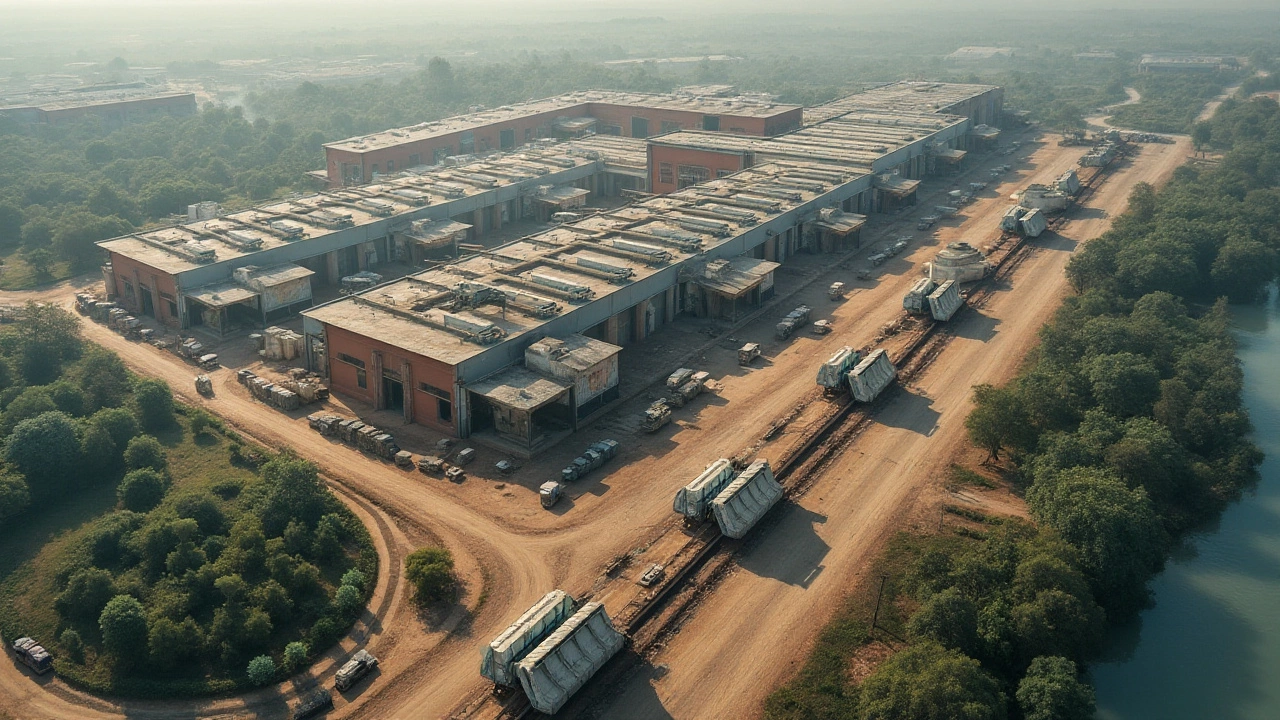
Technological Advancements in Manufacturing
The dynamic world of synthetic textiles in India thrives on continuous innovation and technological growth. Gone are the days when simple looms and manual processes reigned; today's landscape is a dazzling array of high-tech marvels. From automated weaving machines to state-of-the-art finishing processes, the transformation has been profound. One pivotal development is the integration of computerized systems that allow for precision in textile production, ensuring consistency and quality in every yard of fabric.
Automation in the textile industry has driven efficiency to unprecedented heights. Not only does it reduce human error, but it also accelerates production tempo, crucial for meeting the expansive demands of both local and international markets. Technologies such as Computer-Aided Design (CAD) and Computer-Aided Manufacturing (CAM) provide textile designers and manufacturers with unmatched tools to create intricate patterns and complex fabric weaves. Paired with smart technology, these systems adapt swiftly to changing trends without significant downtime, a necessary agility in today's fast-paced fashion environment.
The emergence of environmentally-friendly manufacturing techniques is another remarkable advancement. Textile giants are increasingly turning towards sustainable practices that reduce water usage and emissions, aligning with global calls for eco-conscious production. Innovations such as waterless dyeing technologies and the recycling of polyester fibers not only address environmental concerns but also open new avenues for marketing eco-friendly textiles.
Advanced technologies aren't exclusive to the processes inside manufacturing units; they extend to supply chain management as well. Modern ERP (Enterprise Resource Planning) systems streamline operations by integrating every facet of production, from raw material procurement to finished product distribution. This holistic approach not only enhances productivity but also bolsters transparency and accountability, essential traits in maintaining competitive edge.
An industry expert, Shashi Chaurasia, once remarked,
"The pivot to digital solutions in textile manufacturing is no longer optional. It's a defining move towards quality, sustainability, and market leadership."These sentiments echo across boardrooms and factory floors alike, as companies invest heavily in research and development to harness the potential of technology fully.
Moreover, the role of artificial intelligence and machine learning in textile manufacturing signifies a future filled with possibilities. Predictive analytics allowing precise demand forecasting, and AI-driven quality checks ensure products that meet rigorous international standards. Indeed, this fusion of human innovation and digital intelligence marks a golden era for Indian textile manufacturers, setting the stage for an even more dynamic future.

Impact on Indian Economy and Sustainability
The synthetic textile industry in India holds significant sway over the nation's economy. It contributes notably to the GDP and is a crucial source of employment for millions of people across the country. This sector acts as a backbone for many smaller businesses that rely on it for their regular supply of fabric and materials. By continually expanding its production capacity and technological capabilities, the industry not only strengthens India's economic structure but also enhances its global standing in textile exports.
One of the primary reasons why the Indian synthetic textile industry is so vital to the economy is the sheer volume of production. India is home to some of the world's largest synthetic textile manufacturers, which means the country can produce vast quantities at competitive prices. This gives India a distinct advantage in international markets where affordability without sacrificing quality is a key consideration. According to reports, textiles account for a significant percentage of India's export revenue, underscoring their importance to the economy.
Sustainability has become a focal point for the textile industry in India as it aligns with a global shift towards eco-friendly practices. Many Indian manufacturers have adopted greener technologies and practices to reduce their environmental footprint. These include utilizing recycled fibers, implementing water conservation techniques, and investing in energy-efficient machinery. Such initiatives not only contribute positively to the environment but also appeal to a conscientious global consumer base that values sustainable practices.
Beyond technology, social responsibility also plays a role in the industry's sustainability efforts. Many large manufacturers are involved in community upliftment programs that focus on education and skill development. This is particularly important in rural areas where textile manufacturing plants are often located, providing jobs and stability to local communities.
A leading industry expert recently stated, "The future of India's textile industry lies in its ability to innovate sustainably and embrace the latest technologies while maintaining the traditional craftsmanship that sets it apart."
The shift towards sustainability is supported by government policies that encourage environmentally friendly practices through subsidies and incentives. The Indian government has recognized the potential of the textile sector to both drive economic growth and lead environmental responsibility. By aligning policy directives with industry capabilities, India positions itself as not just a leader in production but also a pioneer in sustainable practices within the textile industry.


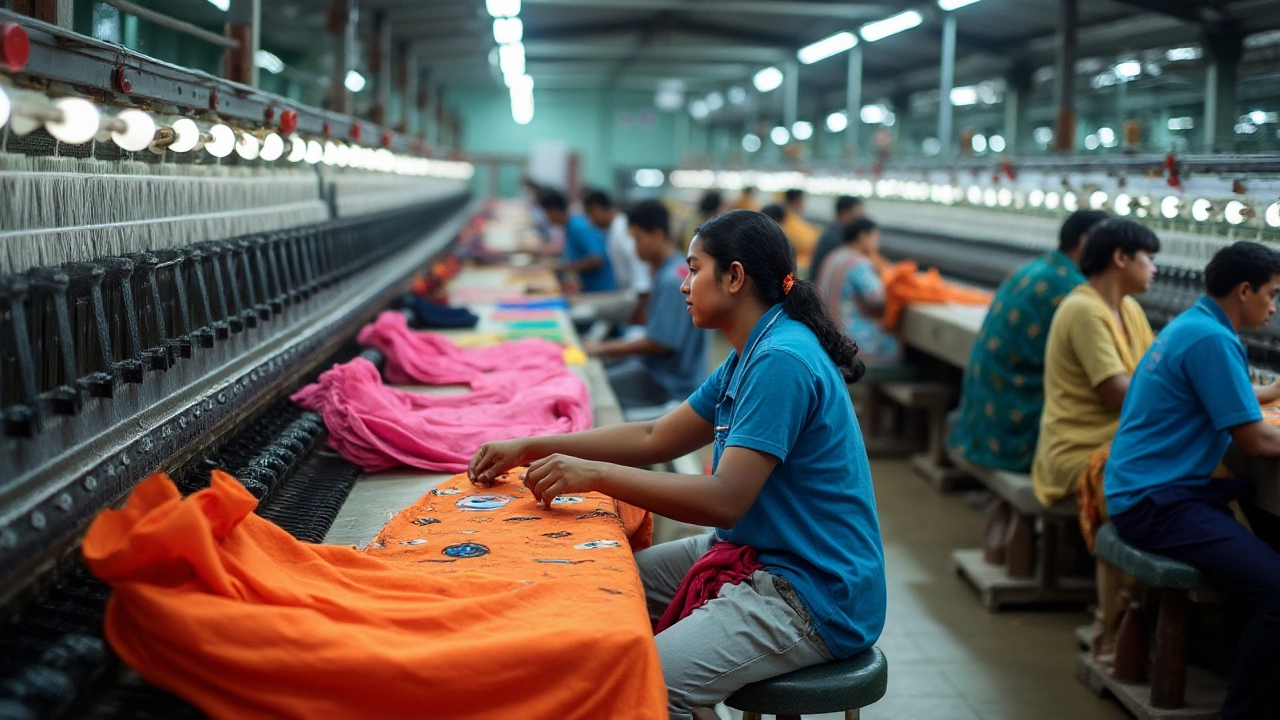


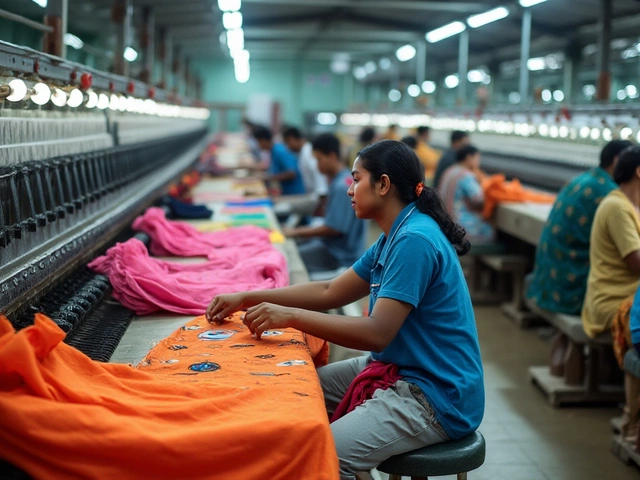


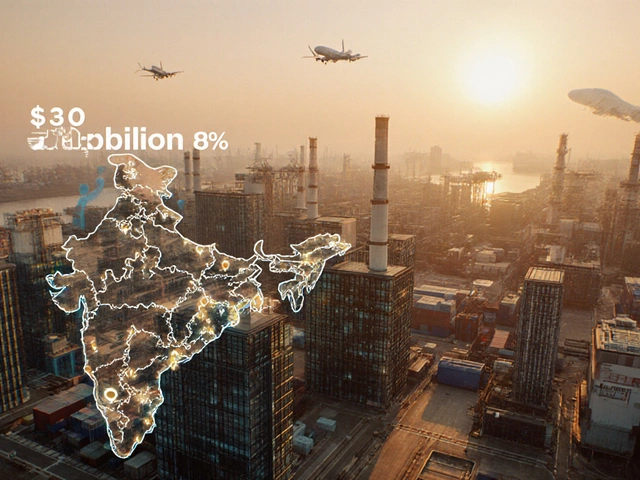
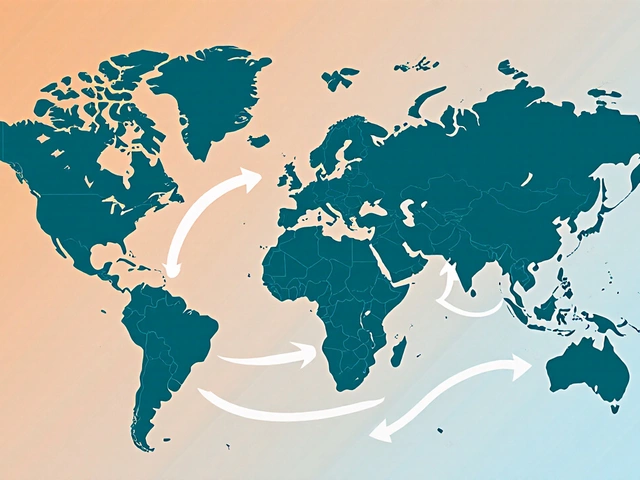

Write a comment